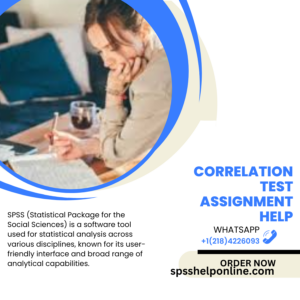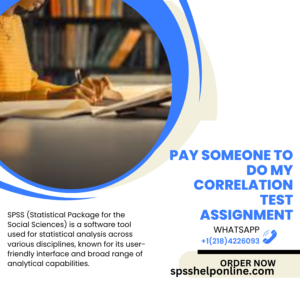Correlation is a method of analysis
Correlation is a method for discovering whether there exists a relationship between two variables, helping identify patterns and trends that would otherwise be difficult to detect as well as identifying possible root causes for disparate events that seem unrelated on their surface.
If the sales of one product correlate with purchases made by people belonging to a particular demographic group, this can help target marketing campaigns at those customers and reduce customer churn and improve overall satisfaction.
Correlation analysis can be an Excellent Tool for uncovering relationships among data metrics, but it should be remembered that correlation does not equate to causality. Therefore, it’s vitally important to create a scatter plot and visually inspect raw data for nonlinear relationships, outliers, or heteroscedasticity in order to detect errors early and prevent unnecessary research costs later down the line.
It is a tool for prediction
Correlation can be an invaluable way to evaluate and verify survey data. It reveals the relationships between variables, helping you predict what might happen if one changes. But correlation does not imply causality: for instance, even if you find that certain number of hours spent doing homework correlate with G.C.S.E. passes, that doesn’t guarantee repeat results every year!
Correlation analysis can also help reduce errors in business decisions. For example, a building product company might incorrectly assume that one feature of their product correlates to increased sales but would benefit from conducting more quantitative market research before investing money in new features unrelated to sales. While correlation is more suitable for describing simple relationships among data, linear regression offers better forecasting tools. With Qualtrics technology platforms offering start-to-finish correlation analysis services you save both time and resources!
It is a tool for verification
Correlation analysis is a straightforward and useful method for verifying and assessing the results of your research. You can use correlation to evaluate correlations between two variables within a Data Sets and identify any outliers or errors during collection process, while also grouping your discoveries together into groups to make more informed conclusions regarding their significance.
Conduct correlation analyses using various tools, including spreadsheet software and statistical analysis programs. However, effective data preparation is essential to achieve meaningful and reliable outcomes, including identifying relevant variables, gathering accurate and complete data and using appropriate statistical tests to interpret your results.
Keep in mind that correlation does not equate to causality. For instance, if the number of hours spent doing homework correlates with G.C.S.E. passes, it would be incorrect to conclude that doing more homework would result in increased G.C.S.E. passes.
It is a tool for evaluation
Correlation is an invaluable evaluation tool, particularly when comparing two measures that don’t sit on Equal Scales. When exploring the relationship between elevation and temperature in campsites, correlation can help gauge whether an increase in one variable correlates with decreases in both variables.
Healthcare researchers may employ correlation analysis results to make clinical decisions, for instance. A positive correlation between BMI and cholesterol levels would suggest an increasing trend; conversely, negative correlation indicates there is no linear relationship between variables.
Effective data preparation is the cornerstone of reliable correlation analysis results. Your data should ideally come from reliable sources and be representative of the population or phenomenon you are investigating. Furthermore, using statistical methods or visualization tools you can identify any outliers within your data and decide whether they need to be removed or transformed depending on your research objectives.



